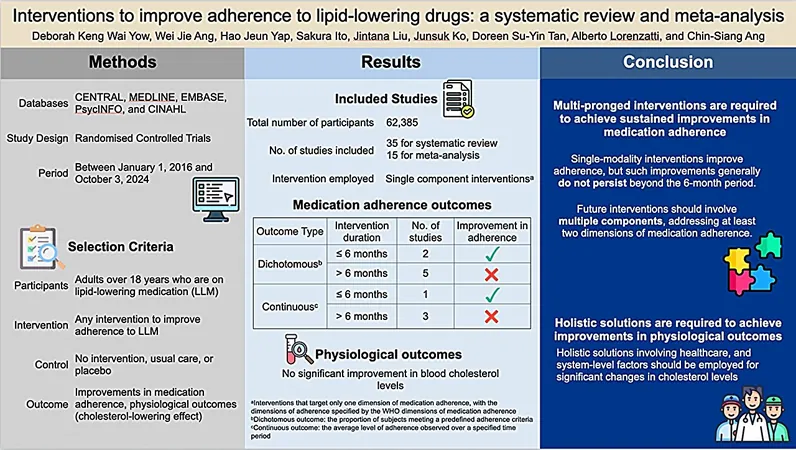
Revolutionary Study Reveals Waist-to-Height Ratio as Key Indicator for Heart Failure
2025-05-18
Author: Wei Ling
New Research Finds Waist-to-Height Ratio Crucial for Heart Health
In a groundbreaking revelation at the Heart Failure 2025 conference in Sophia Antipolis, France, researchers have unveiled that your waist-to-height ratio (WtHR) might be a more effective predictor of heart failure incidence than the widely used body mass index (BMI). This could be a game-changer for obesity and heart health assessments!
Why Waist-to-Height Ratio Matters More Than BMI
Dr. Amra Jujic of Lund University, Sweden, who presented the findings, explained, "While BMI is the go-to measurement for obesity, it's influenced by gender and ethnicity and doesn't account for fat distribution." WtHR, on the other hand, reflects the central fat accumulation around vital organs, painting a clearer picture of an individual's health risk.
Study Insights: Who Participated?
The study followed 1,792 participants aged 45 to 73 from the Malmo Preventive Project, including individuals with normal glucose levels, impaired fasting glucose, and diabetes. Over a median follow-up of 12.6 years, 132 events of heart failure were recorded among participants.
The Alarming Connection Between High WtHR and Heart Failure
Findings revealed that a higher WtHR significantly increases the risk of developing heart failure. Specifically, for every standard deviation increase in WtHR, the risk rose dramatically by 34%. Participants in the highest quartile of WtHR (with a median of 0.65) faced a staggering 171% greater risk compared to those with lower ratios.
A Wake-Up Call for Health Assessments
Dr. John Molvin, co-author of the study, emphasized the concerning average WtHR in the sample, which surpassed the critical threshold of 0.5—a cut-off linked to heightened cardiometabolic risk. He urged, "For optimal health, your waist should be less than half your height.” His concluding remarks highlighted the potential of WtHR as a superior metric for identifying individuals at risk of heart failure.
What’s Next?
As researchers set their sights on larger cohorts for further investigation, the implication is clear: measuring waist size relative to height could revolutionize how we assess obesity and its dire consequences on heart health. Stay tuned for more updates on this pivotal research!



 Brasil (PT)
Brasil (PT)
 Canada (EN)
Canada (EN)
 Chile (ES)
Chile (ES)
 Česko (CS)
Česko (CS)
 대한민국 (KO)
대한민국 (KO)
 España (ES)
España (ES)
 France (FR)
France (FR)
 Hong Kong (EN)
Hong Kong (EN)
 Italia (IT)
Italia (IT)
 日本 (JA)
日本 (JA)
 Magyarország (HU)
Magyarország (HU)
 Norge (NO)
Norge (NO)
 Polska (PL)
Polska (PL)
 Schweiz (DE)
Schweiz (DE)
 Singapore (EN)
Singapore (EN)
 Sverige (SV)
Sverige (SV)
 Suomi (FI)
Suomi (FI)
 Türkiye (TR)
Türkiye (TR)
 الإمارات العربية المتحدة (AR)
الإمارات العربية المتحدة (AR)